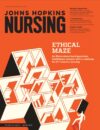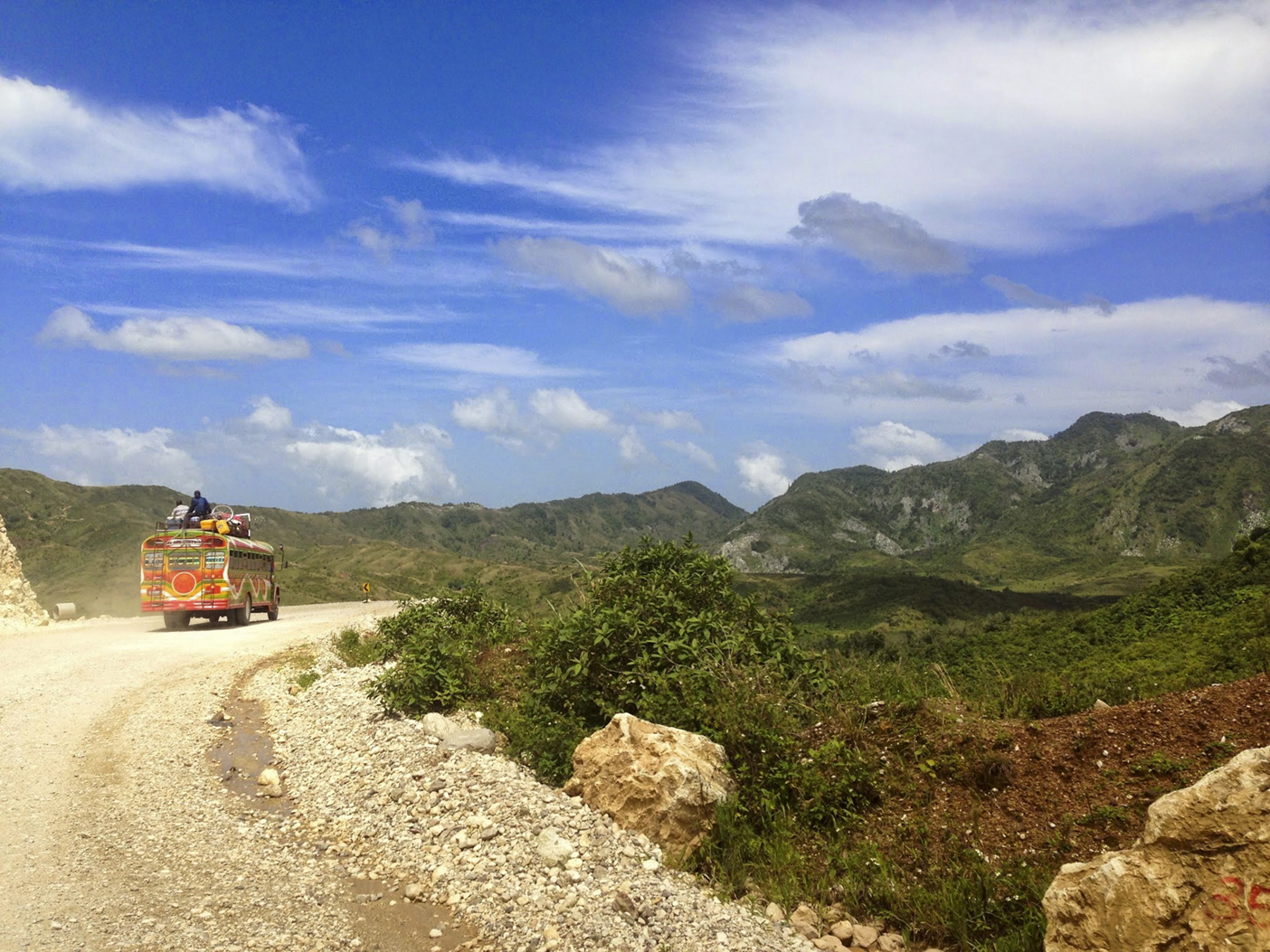15 Years Into The Mission, Highs, Lows, And Always An Eagerness To Return
The School of Nursing has left its mark by bringing hope and healthcare to Haiti, and as Beth Sloand, PhD, RN, PNP-BC, pioneer of the school’s efforts, would tell you, it’s worked both ways. “Haiti doesn’t leave you. It has a way of clinging to your heart.”
It’s been 15 years since Sloand and the school first went to the Caribbean nation, and in a look back through the years, one can see the rollercoaster ride of highs and lows that has encompassed the work in Haiti.
“You really don’t know until you’ve been there,” says Sloand. “But after my first trip, I was convinced that I would be back.” Since 2000, approximately 75 students and 40 faculty have participated in the trips. Three times a year, baccalaureate, master’s, and doctoral students go to Haiti to screen, treat, vaccinate, and educate local groups about clean water and sanitation. It’s through the school’s long-standing engagement with the community that sustainable change and a trusting relationship have been established. The theme of providing hope for the residents and sustainability for the future lives on, and Sloand says many of the students “develop a heart for Haiti”—one that not only strives to help the Haitians, but that changes nurses as well.
Amid the excitement of the journey, there have been times when the work is heartbreaking and hard to swallow. “The earthquake in 2010 was so devastating to the health and infrastructure of the community, you almost couldn’t see the light at the end of the tunnel,” Sloand recalls. “We cared for hundreds of people, but there would still be children crying for shelter or medical care. It was painful, but in the end it brought more motivation to keep moving forward.”
Almost five years since the earthquake, restoration has become visible, but MSN-FNP/MPH candidate Fidela Chiang, part of a recent trip to the village of Leon, confesses it’s no quick fix. “We cannot solve all the problems of Haiti, but we can cast a boy’s broken arm, give a man a pair of shoes, or treat pneumonia. You have to think quickly and creatively in a low-resource setting, and you learn the importance of teamwork.” Graduate student Diana Chia agreed, noting the intensity of the work and its test of leadership ability reinforced her desire to work with underserved populations. “I felt incredibly lucky to be able to empower the locals to manage their conditions. I learned how to provide patient care in an amazing and challenging environment, and it’s something I will carry into my clinical practice.”[vc_gallery type=”flexslider_fade” interval=”3″ images=”16082,16074,16083,16076,16052,16081,16051,16075,16043,16078,16085,16086,16087,16088,16073″ onclick=”link_no” custom_links_target=”_self” img_size=”600×400″]Haiti photos courtesy of Elizabeth Sloand and Nicole Warren include images by students Fidela Chiang, Rebecca Backer, and Margaret Mills. | Three times a year, students from Hopkins Nursing bring care to Haiti, getting as much from the experience, their faculty leaders say, as they give.During the latest mission to Haiti, Nicole Warren, PhD, MPH, CNM, and retired faculty member Sara Groves, DrPH, APRN, BC, led students in addressing a crippling cholera epidemic. “We looked at the effectiveness of some of our community health promoter programs and provided education on community mobilization,” says Warren. Their assessment showed that “tippy taps”—a simple hand washing technique—was being widely adopted and used. “Students were awed by the impact of this simple prevention intervention, and our discussions gave students the opportunity to learn about a step-wise approach to addressing complex infrastructure problems common in rural, poor communities.”
While the needs may seem obvious, Warren acknowledges the next steps will be pursuing what the residents identify as important to them. “The Haitians have become like teachers to us, and we will follow the communities’ lead to provide support where needed.”

